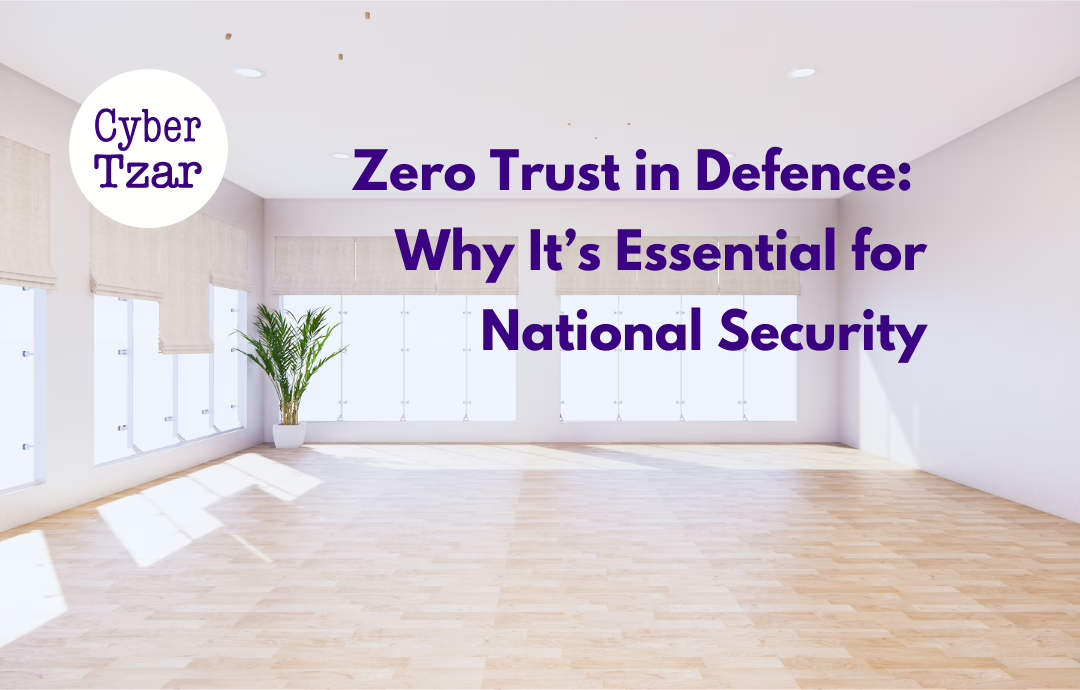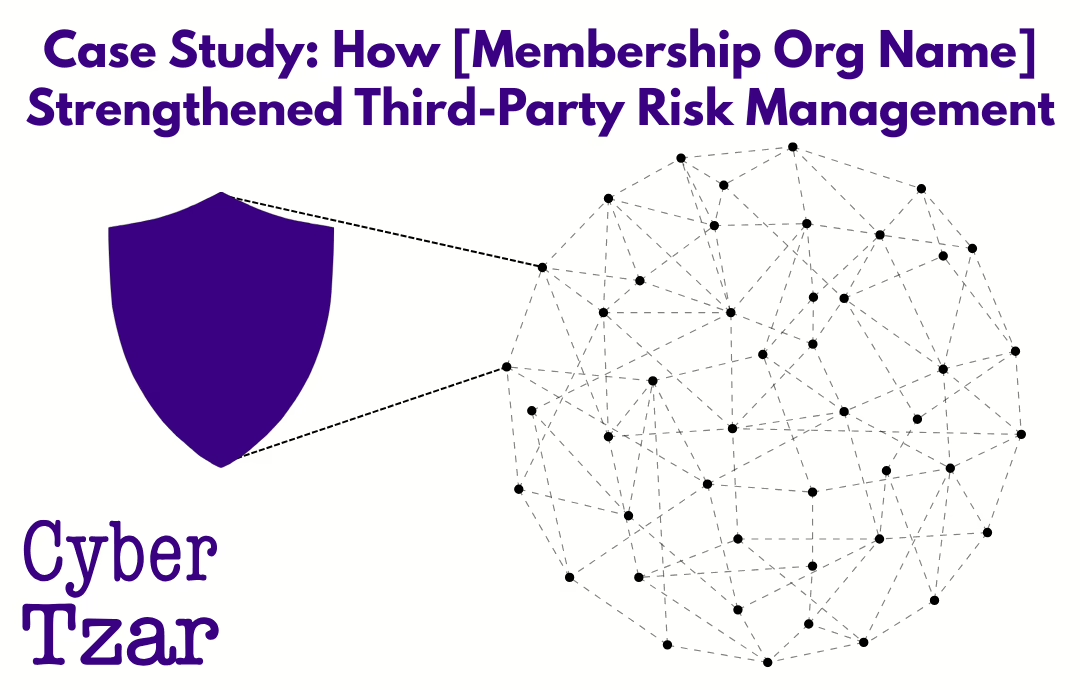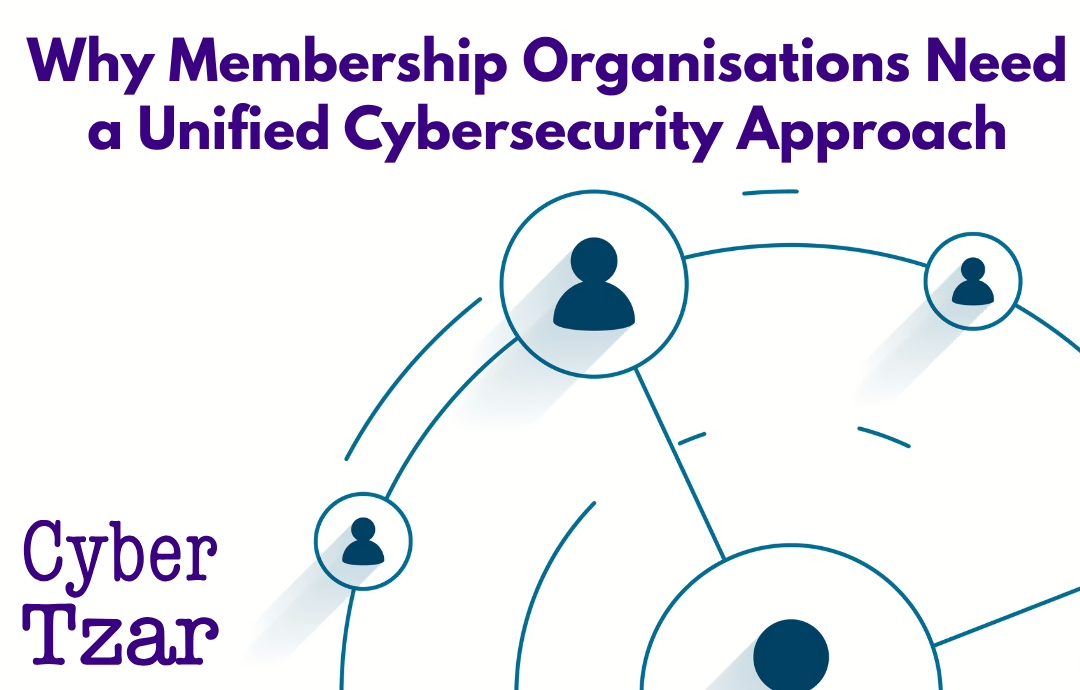Introduction: The Traditional Perimeter Is Dead
For decades, cybersecurity in the defence sector relied on perimeter-based security—a “castle-and-moat” approach where organisations trusted everything inside their network while blocking external threats.
🚨 That model is now obsolete.
Today’s cyber threats come from both external attackers and insider risks. Supply chain vulnerabilities, compromised credentials, and state-sponsored cyber espionage make traditional defence security models ineffective.
🔹 80% of cyberattacks involve stolen credentials or insider threats.
🔹 Defence supply chain attacks have increased by 300% in the past five years.
🔹 Relying on outdated security assumptions puts military and national security data at risk.
To counter these threats, governments and defence organisations are adopting Zero Trust security models. In this article, we explore:
🔍 What Zero Trust is and why it’s essential for defence cybersecurity
🔍 How defence contractors and MOD suppliers can implement Zero Trust
🔍 Best practices for securing military and classified systems using Zero Trust principles
1️⃣ What Is Zero Trust Security?
Zero Trust is a security model that assumes no one—inside or outside the network—should be trusted by default.
Traditional defence cybersecurity relied on network perimeters to protect assets. But in today’s world of cloud computing, remote access, and cyber espionage, organisations must take a different approach:
💡 Key principles of Zero Trust:
✅ Verify every user and device before granting access
✅ Enforce least privilege access (users only get what they need, nothing more)
✅ Continuously monitor for suspicious activity and anomalies
✅ Assume every access request is a potential threat—trust must be earned, not given
🔹 Example: In a Zero Trust environment, even if an attacker steals a password, they won’t be able to move laterally through the network without additional authentication and security controls.
2️⃣ Why Zero Trust Is Critical for Defence Cybersecurity
Defence organisations manage some of the most sensitive data in the world—weapons designs, military strategies, intelligence reports, and classified communications.
Here’s why Zero Trust is essential for protecting national security:
🔹 1. The Rise of Supply Chain Attacks in Defence
📌 Problem: Defence contractors and SMEs often have weaker security controls than major military organisations. Attackers exploit smaller vendors to gain access to classified systems.
📌 Example: The 2020 SolarWinds attack allowed Russian state-sponsored hackers to infiltrate US defence agencies through a compromised software update.
💡 Zero Trust Fix:
✅ Enforce continuous vendor risk assessments
✅ Restrict third-party access using just-in-time permissions
✅ Require multi-factor authentication (MFA) and endpoint security for all contractors
🔹 2. State-Sponsored Cyber Espionage Threats
📌 Problem: Nation-state hacking groups use phishing, malware, and credential theft to infiltrate defence networks.
📌 Example: Chinese APT (Advanced Persistent Threat) groups targeted UK and US defence firms to steal military drone designs.
💡 Zero Trust Fix:
✅ Implement real-time threat monitoring
✅ Require strong identity verification for all users
✅ Use network segmentation to isolate classified systems
🔹 3. Insider Threats in Defence Networks
📌 Problem: Defence organisations face risks not just from external hackers, but also from insiders with legitimate access.
📌 Example: The Edward Snowden case showed how excessive access permissions allowed one insider to leak classified NSA documents.
💡 Zero Trust Fix:
✅ Enforce least privilege access—no one gets full system access by default
✅ Require multi-factor authentication and behaviour analytics for sensitive systems
✅ Monitor all user activity for anomalies (e.g., excessive data downloads, off-hours access attempts)
3️⃣ How Defence Contractors & MOD Suppliers Can Implement Zero Trust
The MOD, NATO, and the US Department of Defense are now mandating Zero Trust principles for defence suppliers. Here’s how companies can align with these security requirements:
✅ 1. Implement Strong Identity & Access Management (IAM)
🔹 Require multi-factor authentication (MFA) for all users and devices
🔹 Enforce biometric or hardware-based authentication for classified systems
🔹 Use role-based access control (RBAC) to limit what users can access
📌 Tip: Implement zero-standing privileges—users get access only when needed and permissions expire automatically.
✅ 2. Enforce Least Privilege & Just-in-Time Access
🔹 Reduce over-privileged accounts that create security risks
🔹 Grant access only when necessary and revoke it immediately after
🔹 Use privileged access management (PAM) tools to prevent credential theft
📌 Tip: Even high-ranking military officials should not have unrestricted access to every system.
✅ 3. Use Network Segmentation & Micro-Segmentation
🔹 Separate critical defence networks from less-sensitive systems
🔹 Prevent attackers from moving laterally across networks
🔹 Monitor traffic between internal segments for suspicious activity
📌 Tip: If an attacker compromises one system, they should be blocked from accessing others—Zero Trust ensures breach containment.
✅ 4. Continuously Monitor & Detect Anomalies
🔹 Deploy AI-powered security analytics to detect unusual behaviour
🔹 Set up real-time alerts for privileged account activity
🔹 Implement continuous risk assessment & security scoring for vendors
📌 Tip: Zero Trust means always verifying activity—even from trusted insiders.
4️⃣ Final Thoughts: Zero Trust is a National Security Priority
Cyber threats against the defence industry are increasing in volume and sophistication. A single vulnerability in a defence contractor can compromise classified military data, disrupt national security operations, and put lives at risk.
💡 Zero Trust is no longer optional—it’s the future of defence cybersecurity.
To stay ahead of cyber threats, defence organisations and contractors must:
✔ Adopt strict identity and access controls
✔ Enforce least privilege principles for all users
✔ Continuously monitor network activity for anomalies
✔ Harden supply chain security by vetting third-party vendors
🚨 Without Zero Trust, defence networks will remain vulnerable to cyber espionage, insider threats, and catastrophic breaches.
📢 What’s Next?
💡 Next in the series: “MOD Compliance & Cybersecurity: How Defence Suppliers Can Meet the 2025 Standards”
Would you like a Zero Trust implementation checklist for your organisation? Get in touch today. 🚀



